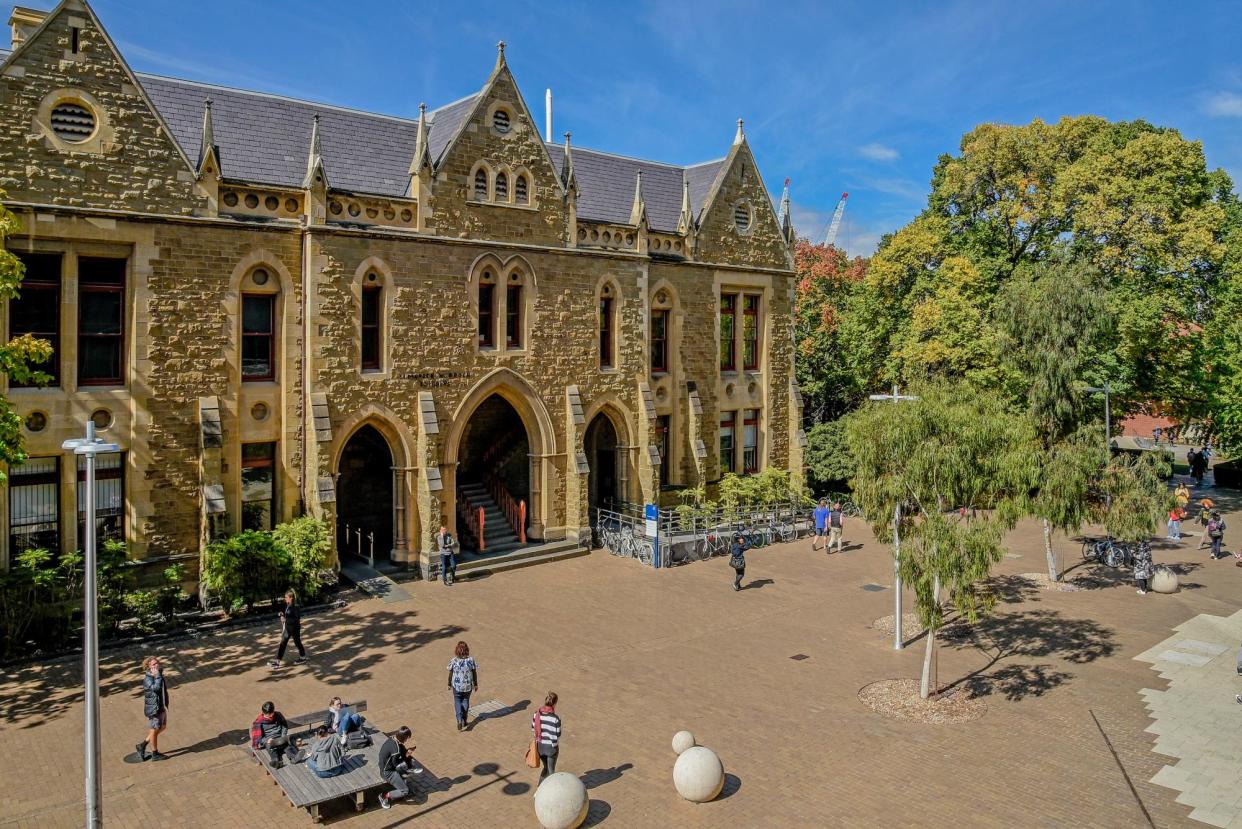Australian universities clash over proposed international student cap

Australia’s universities have descended into infighting over a proposed international student cap, with some bodies claiming the government is protecting elite institutions.
The draft bill, announced in May, would allow the education minister to limit the enrolment of overseas students by provider, course or location. To enrol more students, institutions would be required to establish additional purpose-built student accommodation.
In submissions to the bill, published on Wednesday, regional and smaller universities were pointing the finger at elite capital city institutions, including the University of Sydney, alleging they should be targeted due to having a larger impact on the rental crisis.
The Regional Universities Network (Run) said its institutions should explicitly be exempt from the cap, noting just 3.5% of onshore international students attended a regional campus.
“International education is a national interest whose immense benefits ought to be more equitably distributed, rather than continue to become increasingly concentrated to a limited number of providers,” its submission read.
Charles Sturt University (CSU) went further, placing the blame squarely with universities in major urban centres, noting 50% of all international students in 2022 were enrolled at just five elite Group of Eight institutions.
More than 30% of the market share was spread across three – the University of Sydney (16.4%), the University of Melbourne (10.2%) and Monash (10%).
“The universities with lower international student enrolments must be given the same opportunities to grow international enrolments as universities that currently have high enrolments,” its submission read.
“Expecting regional universities to fund the construction of student accommodation to support metropolitan campuses would require the reduction of the already-limited capital funding.”
Similarly, the University of South Australia and the University of Adelaide said limiting enrolments for any one institution was only an appropriate response to “highly concentrated student numbers in some capital cities”.
“Other parts of Australia are actively pursuing population growth to support workforce needs and have the capacity and capability to increase international student numbers.”
The IHEA (Independent Higher Education Australia) said the federal government’s key objective should be to “curtail the significant growth that has occurred in some public universities”.
“This has occurred while many providers in the sector, including independent higher education providers, have been subjected to blanket student visa refusals.
“Rather than reduce international student numbers equitably and transparently, the government appears to be protecting only a small number of elite universities, such as the University of Sydney where it has been reported that 32,800 international students are enrolled this semester … 47% of their student body.”
According to the Department of Home Affairs, the number of student visa applications granted in the year to 31 March was 34% lower than the previous year as stricter migration rules came into effect.
There were 671,359 student visa holders in March – the third highest monthly figure. But visa rejections and delays largely affected the private sector and “high risk” smaller public universities.
Monash University said concerns over international students was “overwhelmingly” with the non-government sector.
In 2019 to 2024, enrolments in the non-government vocational education and training (Vet) sector rose by 53%, while public university enrolments grew by just 7%.
“Where there are concerns with any particular public provider, they should be dealt with directly with that provider,” its submission read.
“We note that since new regulations were introduced to improve the integrity of the student visa system, Monash University has seen no change in its visa refusal rate.”
The University of Sydney similarly highlighted Vet providers, writing in its submission that across public and private institutions, Vet enrolments had risen by 28% since 2019 compared with just 10% in higher education.
The Queensland University of Technology said institutions which had been “doing the right thing all along” should not be tarnished by the “improper behaviour of others”.
“Subjecting all participants across the entire tertiary international education sector to the same granularity of regulatory scrutiny and intervention … will waste an enormous amount of time, energy and focus.
“Institutions with good track records should be subject to a lighter touch approach.”


